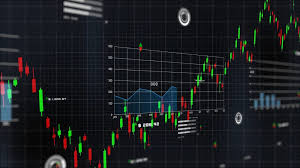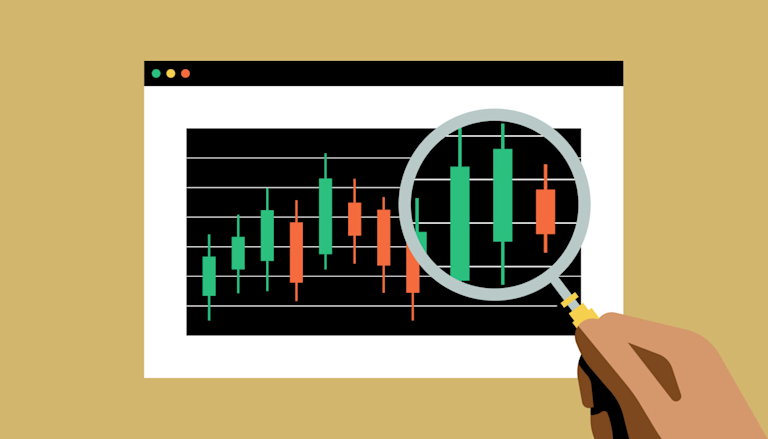
Mastering Trading Crypto Indicators for Success
In the ever-evolving world of cryptocurrencies, traders constantly seek an edge to predict market movements and make informed decisions. One of the most effective ways to achieve this is through the use of trading crypto indicators. These tools can help traders interpret market data, identify trends, and execute profitable trades. In this article, we will explore various trading indicators, their applications, and tips for using them effectively. Additionally, for a broader view of technological advancements that could impact trading, you can Trading Crypto Indicators visit website.
Understanding Trading Indicators
Trading indicators are mathematical calculations that analyze past price data to forecast future price movements. They serve as tools that assist traders in making better decisions. Indicators can be broadly classified into two categories:
- Leading Indicators: These signal potential future price movements by analyzing current market conditions.
- Lagging Indicators: These provide signals based on past price data and trends, confirming trends rather than predicting them.
Common Trading Crypto Indicators
Several trading indicators are widely used in the cryptocurrency market. Here are some of the most popular:
1. Moving Averages (MA)
Moving averages are one of the most commonly used indicators in trading. They smooth out price data to help traders identify the direction of the trend. The two main types are:

- Simple Moving Average (SMA): Calculates the average of a selected range of prices over a specific period.
- Exponential Moving Average (EMA): Gives more weight to the most recent prices, making it more responsive to new information.
2. Relative Strength Index (RSI)
The Relative Strength Index (RSI) is a momentum oscillator that measures the speed and change of price movements. It ranges from 0 to 100 and is typically used to identify overbought or oversold conditions. An RSI above 70 indicates an overbought condition, while an RSI below 30 shows an oversold condition.
3. Moving Average Convergence Divergence (MACD)
The MACD is a trend-following momentum indicator that shows the relationship between two moving averages of a security’s price. It consists of the MACD line, signal line, and histogram. Traders look for crossovers between the MACD line and signal line to identify potential buy or sell signals.
4. Bollinger Bands
Bollinger Bands are volatility indicators that consist of a middle band (SMA) and two outer bands. The outer bands widen or contract based on market volatility. When the price moves closer to the upper band, it may be considered overbought, while movement near the lower band may suggest an oversold condition.
5. Fibonacci Retracement Levels

Fibonacci retracement levels are horizontal lines that indicate potential support and resistance areas based on the Fibonacci sequence. Traders often use these levels to determine entry and exit points as the price retraces after a significant move.
How to Use Trading Indicators Effectively
Understanding how to effectively use trading indicators can significantly improve your overall trading strategy. Here are some tips:
- Combine Indicators: Using multiple indicators can provide a more comprehensive view of market conditions. Ensure they complement each other rather than duplicate information.
- Set Specific Goals: Define clear objectives for your trading strategy and adjust your indicators to suit your trading style.
- Backtest Your Strategy: Before applying a strategy in a live market, backtest it using historical data. This practice can help gauge its effectiveness and refine your approach.
- Stay Informed: Keep up with market news and trends. Indicators may not perform well during extreme market conditions, so broader knowledge is crucial.
The Role of Psychology in Trading
Trading is not solely about analyzing charts and indicators; psychology plays a key role. Emotions such as fear and greed can significantly affect your trading decisions. Using indicators can help mitigate emotional decision-making, as they provide a more objective basis for trades. However, it’s essential to remain disciplined and stick to your trading plan.
Conclusion
Trading crypto indicators are powerful tools that can enhance your trading strategies when used correctly. Understanding the various types of indicators and how to apply them effectively is crucial for success in the volatile cryptocurrency market. Remember to combine indicators, stay informed, and maintain a disciplined approach to trading. By doing so, you increase your chances of making informed decisions and achieving your trading goals.
As the cryptocurrency landscape continues to evolve, keep refining your strategies and adapting to new developments. With the right tools at your disposal, you can navigate the complexities of crypto trading more effectively.
